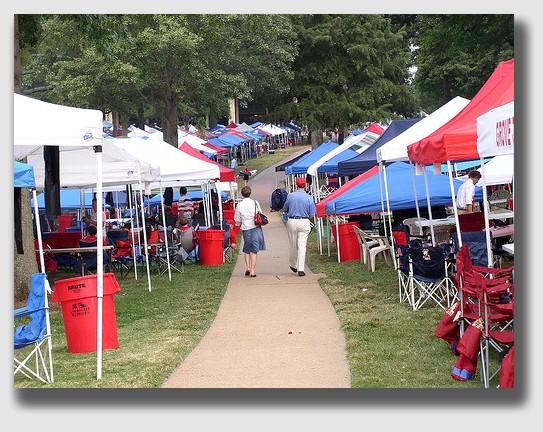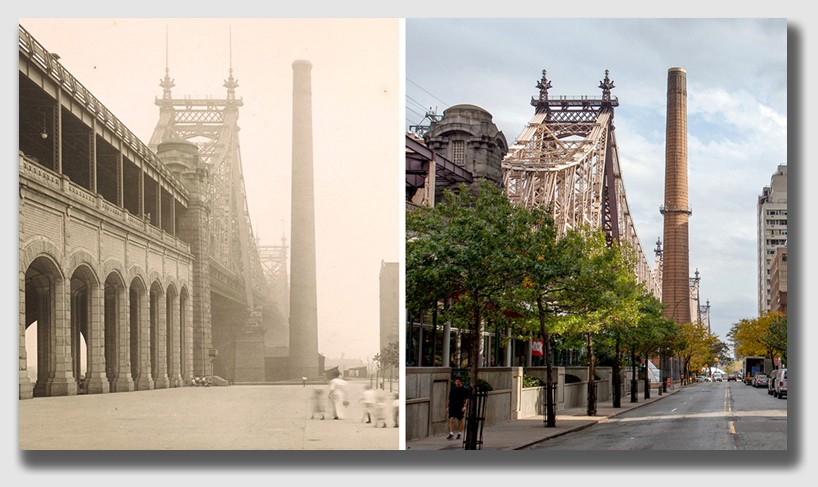Timber! Why the rich are buying trees Nov 24 2014
Post on: 26 Август, 2015 No Comment

The rich are plowing into timber investments.
In the rarefied world of the wealthy, timber is the hot new commodity.
Ever since the financial crisis, business is booming, as rich families have worked tirelessly to diversify their investments beyond traditional stocks and bonds.
Here’s why the 1% are loving lumber, and all the green that comes with it.
‘Steady eddie’ investment: After seeing their portfolios pummeled during the recession, many wealthy people have flocked to asset classes that don’t rise and fall with the stock markets. That’s where timber comes in.
They’d rather this be their steady eddie, slow-as-you-go type of asset, said Moon, who’s based in Dallas. They like transparency. You can go see it if you want to. It’s not like a piece of financial paper like a stock or a bond.
Many clients do end up visiting their land, and some even use it for recreational purposes like hunting and fishing. A few build log cabins, to get away from the stress of the world, as Moon puts it.
How it works: Owning your little slice of timber heaven doesn’t come cheap. The minimum timber investment at U.S. Trust is $5 million, though that will get you a couple thousand acres on a few different parcels, most of which are located in the Southeast, Pacific Northwest, and New England.
Older trees closer to harvest typically cost more than younger ones that still have a ways to go before they’re ready to be chopped down.
Once they’re ready for harvest, U.S. Trust will negotiate the best deal with the local logging company, and then oversee the process of making sure they’re cut down in an efficient and environmentally sound manner.
The clients can get involved if they want to or just sit back, said Moon.
World’s billionaire tally climbs to 1,645
Be patient for returns: Measuring timber investment returns isn’t cut and dry.
Timber prices themselves are closely tied to the housing market and haven’t returned to their pre-recession levels, noted Dr. Robert Abt, a professor of forest economics at North Carolina State University.
He pointed out that even as the real estate industry has come back since the crisis, much of the new construction is in multi-family homes, which typically require half as much wood.

If you’re uncorrelated with the stock market but highly correlated with the housing market, it’s not that much different, he said.
Abt suggested that potential investors do their homework outside of the bank by talking to independent forestry experts. Location, he claimed, is key, since timber land closer to paper mills and saw mills will typically have a more reliable cash flow.
He also believes that timber land is overvalued right now because investor demand in recent years has chased up prices.
But Moon insists that timber is a long-term play, and that most clients see it as a tool to transfer wealth from one generation to another. While it’s true that younger trees don’t necessarily provide direct income, he said that owners will often cover expenses by granting hunting licenses and selling off pine straw, which is commonly used in landscaping.
If you sell too early, you’re not letting the biological engine work for you as much as you should, he said.
Investors can also profit off the appreciation of the land, which many see as a hedge against long-term inflation.
We’re not playing the commodity game. we’re owning the dirt, said Moon.
CNNMoney (New York) November 24, 2014: 12:46 PM ET














